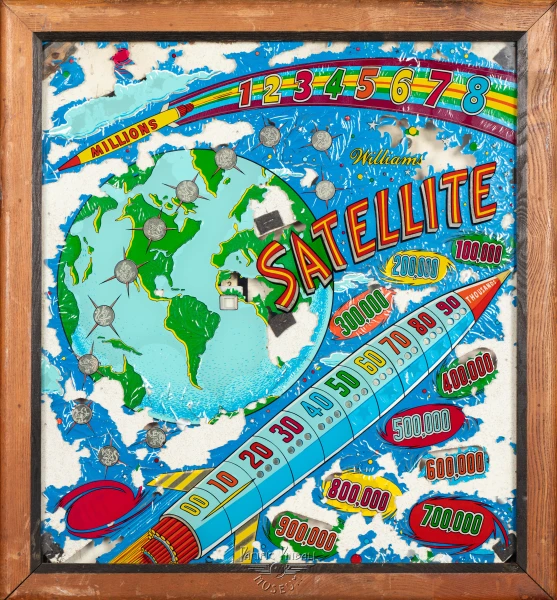Satellite
Satellite Preview Image

Machine Details
Manufacturer
n/a
Year
n/a
Technology Era
n/a
Machine Description
Content Under Review
Help us improve this content
Your support accelerates our content verification efforts.
Support Our WorkSatellite, released by Williams in 1958, emerged during the height of the Space Race between the United States and Soviet Union, just months after the launch of Sputnik 1. This timely theme capitalized on the public's growing fascination with space exploration and orbital technology.
The machine featured space-age artwork depicting satellites, rockets, and celestial bodies, reflecting the contemporary aesthetics of the late 1950s aerospace industry. As an electro-mechanical pinball machine, it utilized the traditional mechanical scoring mechanisms and chime units common to that era. The playfield likely included orbital-themed features such as bumpers representing planets or satellites, and various scoring channels meant to simulate space flight paths.
While specific production numbers are not readily available, Satellite represents an important piece of pinball history as one of the first machines to directly reference the Space Age. It helped establish a tradition of space-themed pinball machines that would continue throughout the golden age of pinball. The theme would prove particularly influential, as space exploration remained a popular subject for pinball designers for decades to follow.
The historical significance of Satellite extends beyond its gameplay, serving as a cultural artifact that captures the optimism and technological aspirations of the late 1950s. Its release coincided with the formation of NASA and the beginning of the Mercury program, making it a unique reflection of its time period in American history.